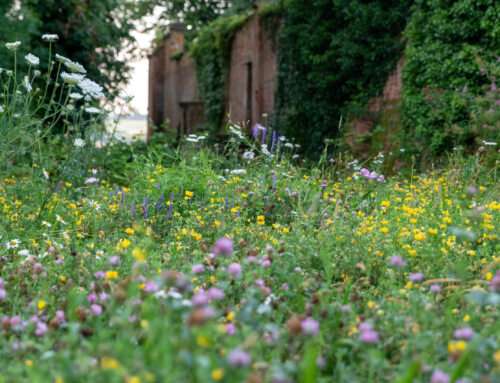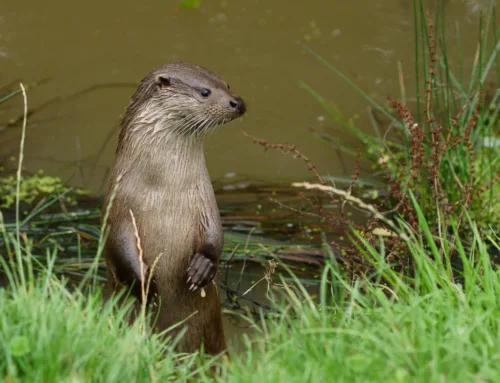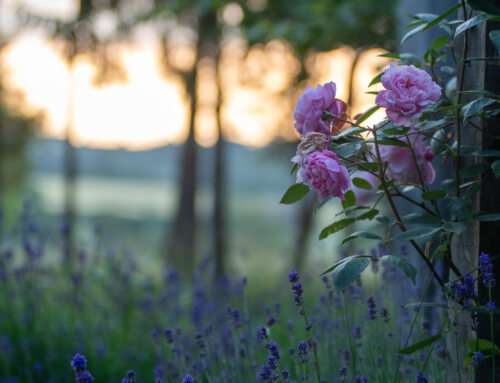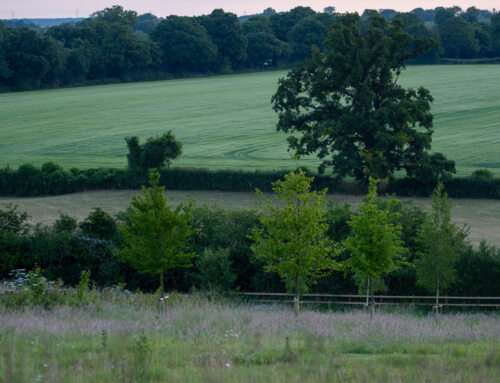Plant Health and Pest Management
By Libby Reeves
Our gardens are home to all sorts of plants and animals – some that we put there, and some that have arrived by themselves. They can be both beautiful for us to enjoy and functional for our local wildlife to thrive.

Some of the local wildlife will live alongside us, happily using the services that we have created, in the form of food and shelter. Some require specialist plants so they have something lovely to eat, whereas others get in the way, take over and damage the plants that we so lovingly take care of. Many insects help us in our aim to create an outdoor haven by pollinating our flowers and eating and controlling some of the pests that damage our hard work, such as aphids.
Some chemical treatments available for sale, while apparently helping short term, may have negative long-term impacts:
- They often kill the insects that do our gardens a lot of good as they are too general.
- The most effective substances require specialist training and qualifications to use effectively – the ready-made bottles available are weakened down to a strength that doesn’t work effectively and promotes chemical resistance in the target.
- If used incorrectly, chemicals may cause damage to our health and the health of our family and pets.
So how can we go about looking after our plants and gardens effectively without reaching for the latest “miracle” bottle?
The first and easiest way to healthy plants is planting the right plant in the right place. Plant choice matters. If you have a hot and sunny garden with light, well-draining soil, plant lots of lavender. If your garden is north-facing, with lower levels of sun and a heavier soil, then hostas are the plant for you.
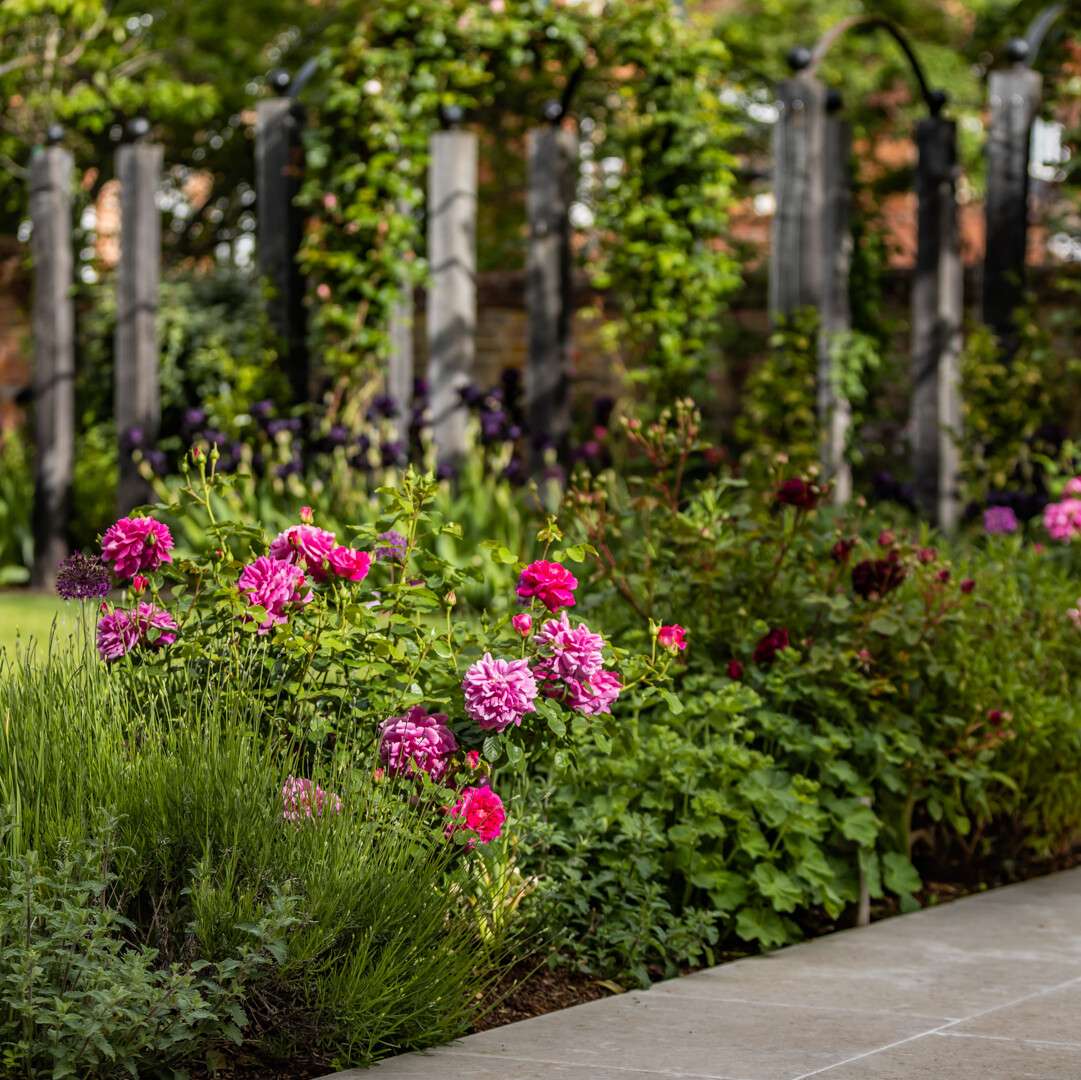
Once you have decided on the plants that you love and that will thrive in your space, it’s time to plant them well and, crucially, keep them watered. Trees and woody shrubs need to have the bottom of the trunk exposed to the air – burying the trunk deep in the soil will almost ensure that your tree will die. From seedlings to huge trees, watering is vital when they are first planted, and checking to ensure they get enough, but not too much water, needs to become part of your regular ritual.
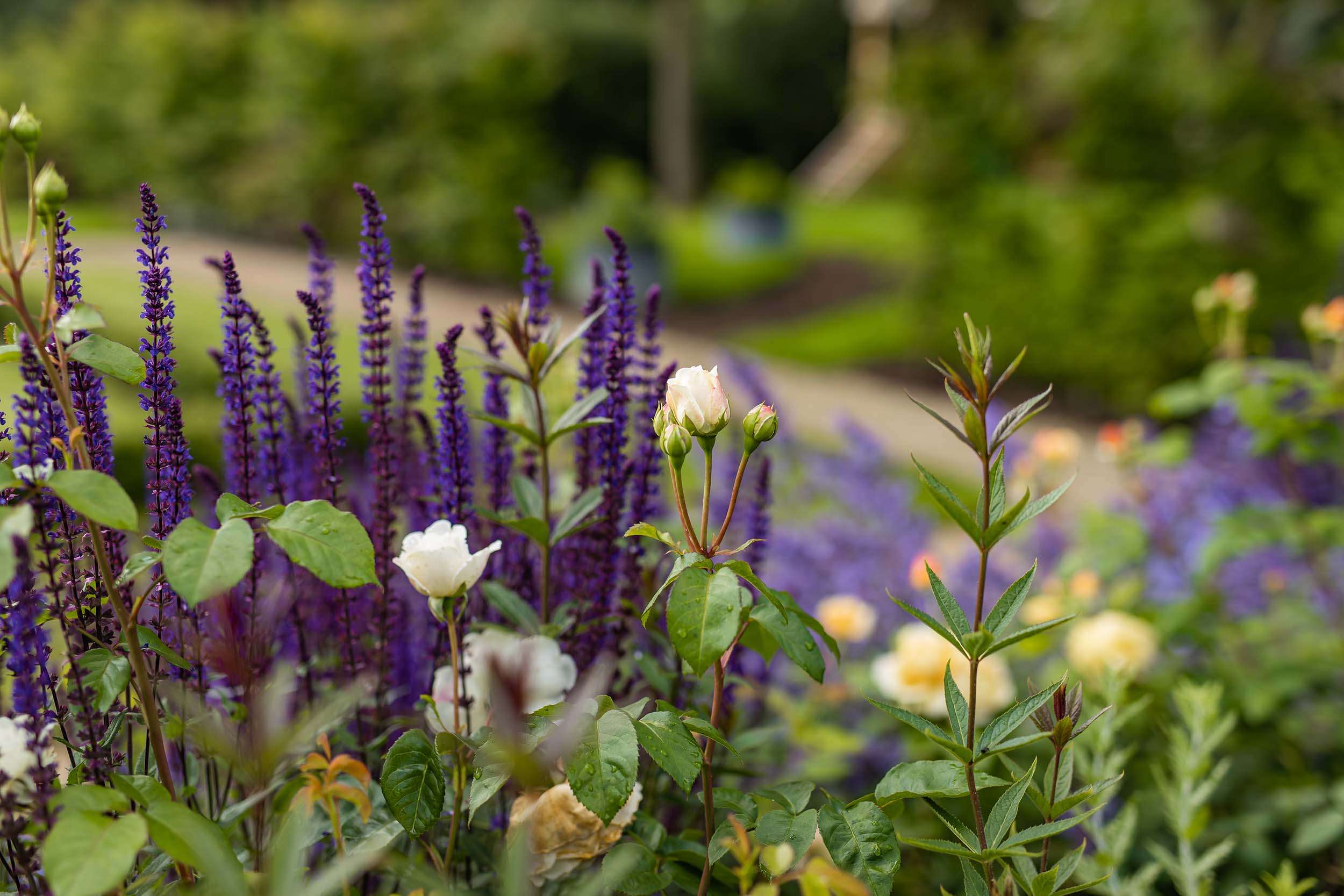
Feeding is useful, particularly as plants are establishing, and herbaceous beds and pots will require feeding throughout their lifetime. Blood, fish and bone products are great all-round feed, and bonemeal is ideal for plants requiring phosphorus and calcium.
Learning to live with some of our garden pests is also part of the journey; a nibble here and a scratch there is not going to be fatal. Plants are required to feed the insect herbivores that also live within our garden, most of which will never take enough to seriously damage the plant itself. It is important to remember that where you have pests, predators will soon follow! So, if you can bare to allow a little short term pest invasion, it’ll pay off in the long run because you’ll then get a healthy predator population too which will be far more effective than any chemical treatment. And it’s free!

